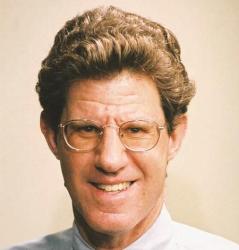INTRODUCTION
Forecasts of airline travel in the United States by the Federal Aviation Administration (FAA) primarily rely on changes in two variables: income and population. As long as these variables grow, air travel is expected to grow. Indeed, the FAA projects more than 1 billion passengers will take to the skies by 2015. Of course, more airline travel creates more congestion at airports and more delays for air travelers, resulting in ever greater social costs.
Economists’ proposed solution to the problem— charging aircraft peak-period congestion tolls—has been thoroughly studied. Both its economic effects on travelers, commercial carriers, general aviation, and airport authorities (e.g., Morrison and Winston, 1989; Daniel, 2001) and on the pattern of airport traffic (Daniel, 1995; Daniel and Pahwa, 2000) have been quantified. Research has also determined optimal congestion charges at airports that are dominated hubs (Brueckner, 2002; Mayer and Sinai, 2003; and Morrison and Winston, in press), at airports subject to oligopolistic competition (Pels and Verhoef, 2004), and at airports that earn rents from concessions in terminals and on airport land (Zhang and Zhang, 2003). Finally, although in practice investments in runways are very costly and time consuming because of regulatory hurdles, studies have assessed their social benefits (Morrison and Winston, 1989) and optimal level under alternative airport ownership and airline market structures (Zhang and Zhang, 2006).
Unfortunately, the FAA has shown little interest in using the price mechanism to reduce delays and has done little to help airports make (efficient) investments in runway capacity; thus, its investments in air traffic control constitute its primary approach toward reducing delays. Surprisingly, little effort has been made to assess the efficacy of FAA’s expenditures. We do so here by developing an empirical model of delays that is motivated by air traffic control operations and by estimating the effect of FAA spending on travel delays. We find that current FAA spending has reduced the costs of delays to air travelers and operators. But we also find that FAA spending would provide greater benefits to travelers and operators if it were increased and optimally allocated toward airports that experience the greatest delays. The FAA could produce additional benefits by implementing new technologies that expand runway and airspace capacity in a more timely fashion. Given the expected growth in air travel, it is incumbent on the FAA to make efficient use of its preferred mechanism— public spending—to reduce delays. Its failure to do so will compound the inefficiencies that it has allowed to go unabated by not advancing efficient runway pricing and investment.
